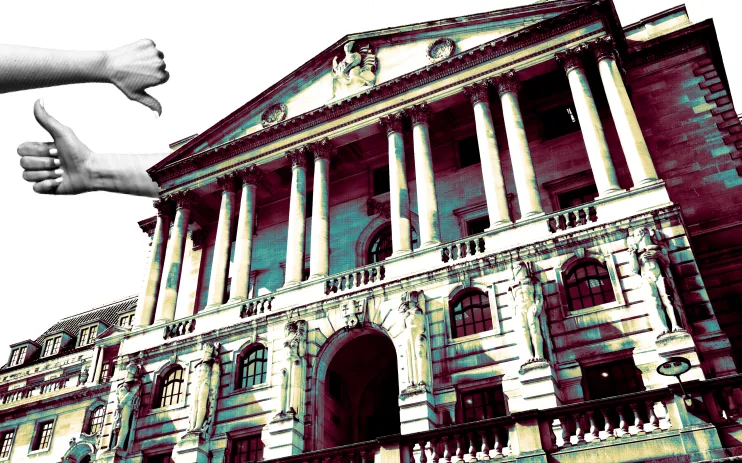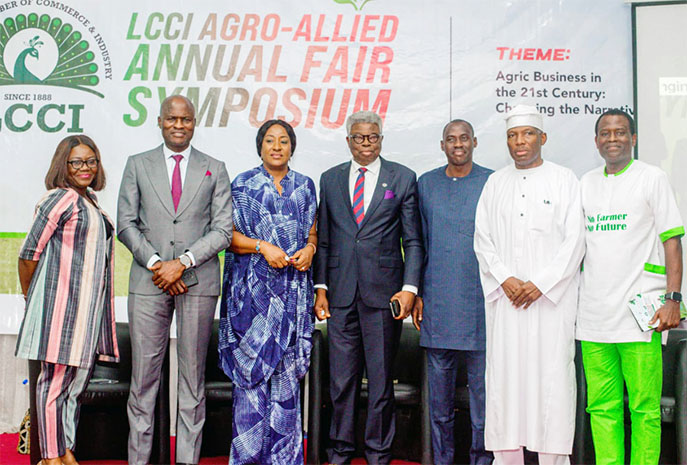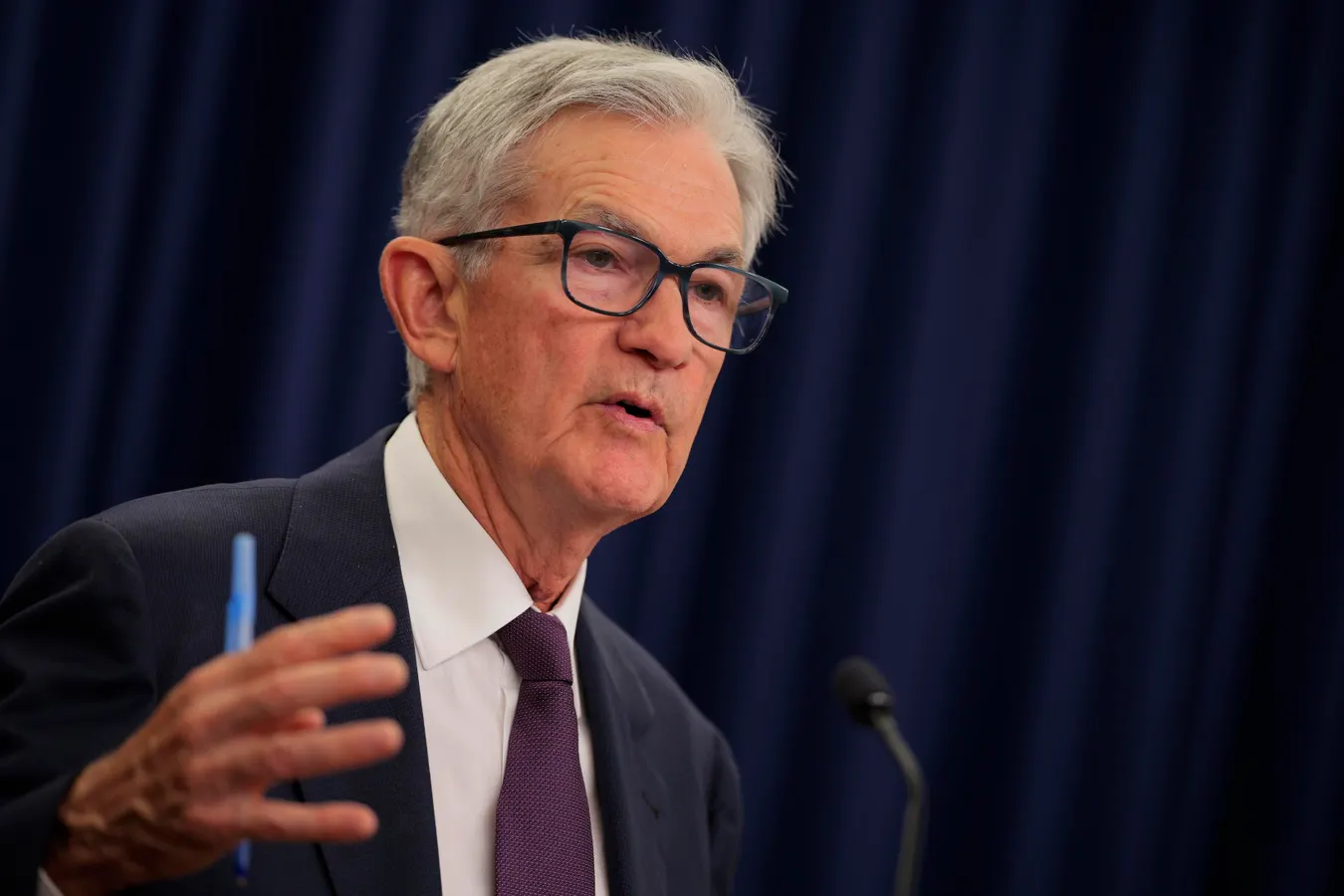By Mauricio Alencar
Copyright cityam

Interest rates could fall as low as three per cent, according to a group of economists in City AM‘s Shadow Monetary Policy Committee (MPC), but a rocky year for the UK economy could keep borrowing costs high.
The Bank of England voted to hold interest rates on Thursday at four per cent due to sticky inflation, which remained at 3.8 per cent in the latest figures for August.
Members of City AM’s Shadow MPC gave contrasting views on where interest rates will settle given the difficulty forecasters face in estimating how quickly inflation will fall to the target two per cent rate.
Four members out of nine on the Shadow MPC believe interest rates will fall to three per cent by the end of next year.
Peel Hunt’s Kallum Pickering and the Institute of Directors’ Anna Leach are the two members on the Shadow MPC who believe interest rates could be cut just one more time while other members believe they could be cut twice.
Wider debates about “neutral” interest rates, the level at which monetary policy is considered to neither stimulate nor restrict price growth, are likely to roar on for the next few months as the Bank reaches the end of its rate-cutting cycle.
Neutral rates can be different in varying countries, with the UK economy’s struggles potentially necessitating higher rates than in other countries.
Markets believe interest rates will come down to around 3.5 per cent though some forecasters believe the Bank will not make any further cuts.
November’s interest rates decision
Economists are also looking ahead to the November decision, which is more ambiguous given splits in the MPC and conflicting data around a lacklustre jobs market and stubborn inflation.
In separate comments after the Bank’s decision on Thursday, Pantheon Macroeconomics’ Elliott Jordan-Doak said hawkish language in the minutes from the Bank’s latest meeting suggest that it could keep rates higher for longer.
He said that the Bank’s statements claiming inflationary pressures “remained prominent” – versus its suggestions that there was “uncertainty” around the UK jobs market’s deterioration – suggested that MPC members were more worried about inflation remaining high.
“A slightly more cautious MPC will keep rates on hold for the rest of the year,” Jordan-Doak predicted.
Former MPC member Michael Saunders, who is now a senior economic adviser at Oxford Economics, said: “The direction of travel for interest rates remains downwards but the MPC is in no rush.
“Before cutting again, the MPC will need to see stronger evidence that pay growth is slowing to a target-consistent pace and that slower pay growth will feed through to lower services inflation.”
ING are among the major City firms to believe one more cut will still be made this year.
Other economists believe the Bank will maintain interest rates at four per cent in the next two meetings of the year, as well as in early 2026.
But debates have sparked on where interest rates will eventually come to, with City AM Shadow MPC members
Anna Leach – Institute of Directors, chief economist
Where interest rates will settle: 3.5 per cent
Anna Leach said interest rates would settle around 3.5 to 3.75 per cent but forecasts were difficult to gauge due to the potential impacts that technology could have on growth.
“There’s significant uncertainty as the UK arguably has yet to clear the impact from the pandemic and the outlook for trend growth – particularly with the emergence of AI – is highly uncertain.”
Ben Ramanauskas – Policy Exchange, senior research fellow in economics
Where interest rates will settle: Three per cent
Ben Ramanauskus said further damage to the jobs market could force the Bank to act more decisively in loosening monetary policy.
“Given the deteriorating state of the labour market, the damaging impact of further tax hikes, and continued uncertainty and instability, inflation is likely to return to target more quickly than forecast by the Bank.”
Jack Meaning – Barclays chief UK economist
Where interest rates will settle: 3.5 per cent
Jack Meaning said interest rates would settle in the range of three to 3.5 per cent, though warned that any number of changes in the coming months could alter their path.
“The MPC acknowledges this uncertainty and is wary of it, so I would expect it to end the easing cycle to the top of this range, at 3.5 per cent.
“There is a risk that they take too long to reach this neutral level though and ultimately have to go further to offset a slowing economy.”
Jonathan Haskel – Professor of Economics at Imperial College Business School and former MPC member
Where interest rates will settle: 3.5pc
Jonathan Haskel agreed with investors’ view that interest rates will fall to around 3.5 per cent.
Haskel said “a modest uptick in productivity growth due to AI” would mean interest rates stay slightly higher.
Julian Jessop – independent economist
Where interest rates will settle: 3.5 per cent
Julian Jessop said his belief was based on key economic metrics around the balance of the UK economy.
“A ‘neutral’ level of interest rates would probably be around 3.5 per cent, based on inflation of two per cent and real economic growth of 1.5 per cent.”
Kallum Pickering – Peel Hunt, chief economist
Where interest rates will settle: 3.75 per cent
Kallum Pickering said that high inflation due to problems around supply in the UK economy and solid domestic demand means monetary policy would have to be more restrictive.
“Persistent inflation pressures linked to supply-side challenges and robust domestic demand indicate that monetary policy will need to remain slightly tight for the foreseeable future.”
“My 3.75 per cent best-guess is a notch above my 3.5 per cent estimate of neutral.”
Katharine Neiss – PGIM Fixed Income chief European economist
Where interest rates will settle: Three per cent
Katharine Neiss said the lower projections for interest rates was due to a belief the UK had a “lower level of neutral rates” and “receding risks to nominal wage growth, magnified by recent data pointing to a cooling labour market”.
Ruth Gregory – Capital Economics deputy chief UK economist
Where interest rates will settle: Three per cent
Ruth Gregory said the effects of a weakened labour market will show in inflation data last year, leading to an easing in price growth.
“Bank Rate may still need to be reduced to three per cent next year, instead of 3.5 per cent as investors expect.”
Vicky Pryce – Centre for Economics and Business Research chief economic adviser
Where interest rates will settle: Three per cent
Vicky Pryce said a slowdown in inflation would allow interest rates to fall lower than markets assumed.



